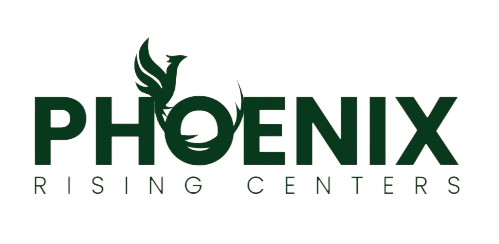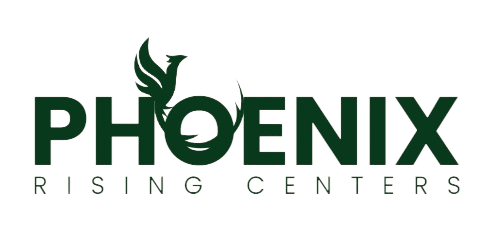The Beginners Guide to Meditation
We’ve all heard it... Mindfulness.
“So, what do you mean by mindfulness?” “Is it the same as meditation? “ These are the questions often asked by many.
Mindfulness is simply being aware of something or being aware of the present moment without judgment, while Meditation is a more formal practice of focusing on one thing. Meditation is typically done by focusing on our breath, but it can be done in many ways. You may be surprised that many people are discovering the benefits of mindfulness and more formal meditation practices.
So, how can meditation help me?
Meditation is a great way to start your day or relax and unwind after a long day, as it provides an opportunity to clear your mind and focus on the present moment. It can inadvertently help you solve problems, become more compassionate towards others, reconnect with yourself and your body, and lower stress levels.
You can meditate in many different ways: yoga, mindfulness, tai chi, sitting quietly with closed eyes and observing your inhale and exhale. Whatever method you choose, it's important to remember that meditation isn't something to be done “perfectly.” It’s a practice, and the only perfection is practice. Meditation is not another way to beat yourself up for not “doing it right.” It's more about being present with yourself and the world at large than anything else.
How do I practice meditation?
These steps will help you get started:
Find a calm, relaxing location where you can sit or lie down comfortably and feel safe. A place you won’t be interrupted. Set aside at least 10 minutes for meditation. As you develop in your practice, you will be able to withstand meditation for longer periods of time without the impulse to jump up and do all the things your mind will NO DOUBT tell you to do.
Sit comfortably in your chair with both feet on the floor, or sit on the floor with your legs crossed and your back straight. If you have mobility issues, you can also practice meditation lying down.
Close your eyes, or gently look down through partially closed eyelids toward the floor, 2-3 feet in front of you.
Notice your breath. Where does it go? Is it constricted? Does it flow with ease? How deep into your body does it go? Are you holding it in your chest? Can you remind your body that you are safe at this moment? Just here. Just now. Can you give yourself this?
Take a deeper breath through your nose, allowing your diaphragm to pull down and expand your belly, pause at the top of the inhale, and slowly release through your mouth. It could feel nice to let your exhale be audible, and maybe you have a sigh or three to let go. Repeat this thrice until you feel more grounded, calm, and relaxed. As your inhale comes in, your belly should expand out. As you exhale, your stomach should release.
One very simple meditation technique is counting each inhale and exhale. This may sound simple, but it’s hard to get to a count of ten without following whatever distracting thought makes itself known. And trust us, MANY ideas will come, and they will all seem super important! They are not, at least in these moments of your practice. As thoughts come, notice them— one of the major points of practice— and return to focusing on your breath. Count each breath as one breath cycle: one inhalation (“one”) followed by one exhalation (“two”) and so on, until you reach ten, and then return to one.
When thoughts distract you during meditation, try not to judge yourself or let those thoughts bother you; just let them pass by like clouds in the sky—nothing more than fleeting shadows on an otherwise clear day.
Some final thoughts on Meditation
We are here to remind you:
Meditation is a practice that can be challenging, albeit relaxing and grounding.
Meditation is wonderful because we can’t do it “wrong.” By simply practicing, we are doing it. In meditating, the goal is to give ourselves a few minutes of reprieve from our thinking minds.
We hope this beginner’s guide to meditation can help you start feeling calmer, more focused, grounded, and more relaxed in your life.
As you expand and deepen your practice, you could always search for a teacher. Meditation is practiced in many different regions and spiritual traditions around the world. I gravitated towards a Zen Buddhist approach to meditation, but please, open your heart and listen to where you are being called if you want to go deeper and explore different types of meditation. You could look for a Zen Center near you if you’d like to practice in the community. There are many people to guide you and places where you could deepen your practice. If you want more personal suggestions, email us at info@phoenixrisingcenters.org, and we’ll help you find someone or someplace!
Thank you! And best of luck as you head out on this journey. You got this!




